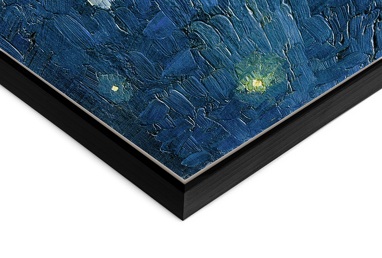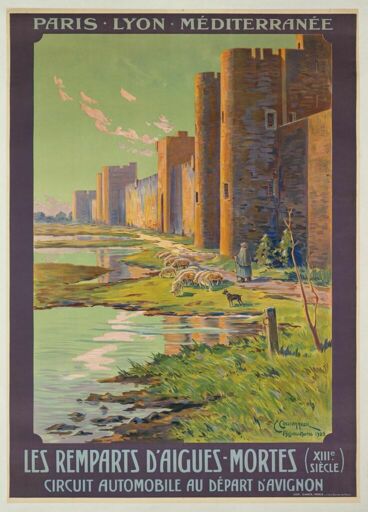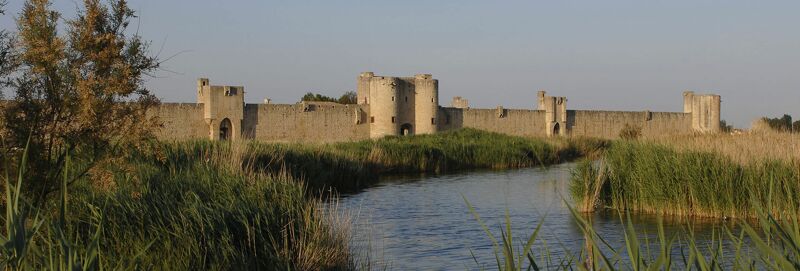Les Remparts d'Aigues-Mortes (XIIIe siècle). Circuit automobile au départ d'Avignon (framed canvas)
Print type
Framed CanvasFramed Canvas
Giclee Print on Fine Art Giclee canvas mounted on a wooden frame and framed. For greater compliance with the original work, the print will cover the entire chosen format, the part of the canvas covering the sides of the frame remaining white. The frame consists of a wooden frame with a simple structure, the idea being to favor the work rather than the frame. We offer a choice of three finishes: natural wood, wood covered with a dark brown varnish and wood painted black. The reproduction will be shipped in protective packaging to be delivered in perfect condition.




About the Artwork
Les Remparts d'Aigues-Mortes (XIIIe siècle). Circuit automobile au départ d'Avignon
1923 - 1er quart du 20e siècle - Troisième République (1870-1940) lithographie - papier Œuvre de : Couronneau, Ernest (18..-19..) Couronneau, Ernest (18..-19..) - Les Remparts d'Aigues-Mortes (XIIIe siècle). Circuit automobile au départ d'Avignon - © Reproduction Benjamin Gavaudo - CMN
 Français
Français  English
English 








